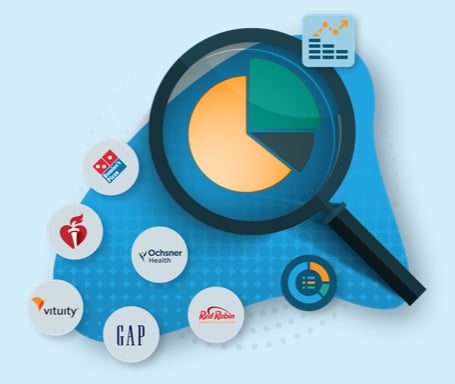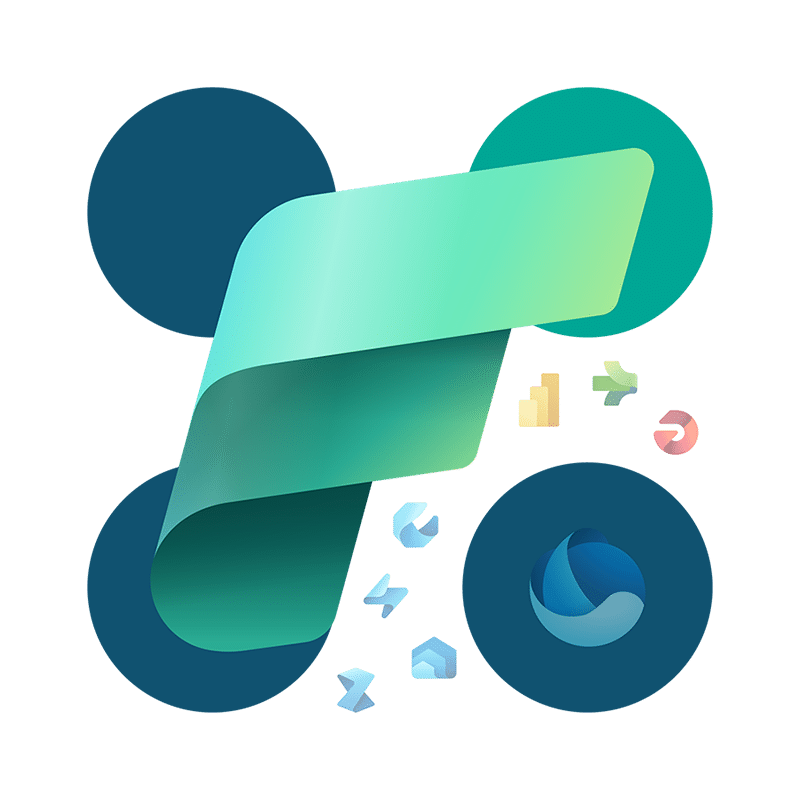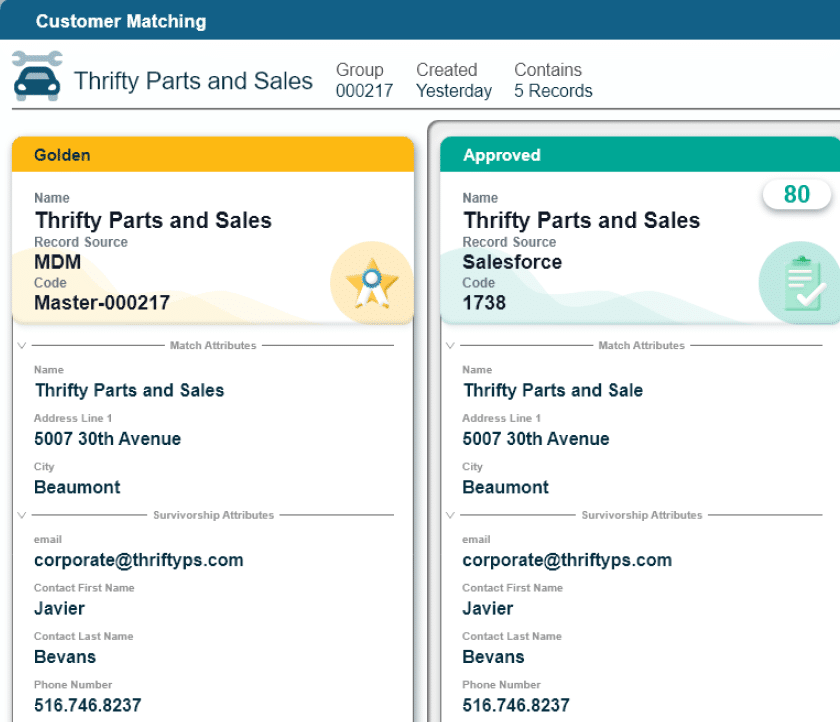- Universal Use Case
Mergers & Acquisitions: The Race to Accretive Earnings
The realization of accretive earnings requires rapidly understanding the acquired business by the acquiring company’s own metrics & KPIs and also requires getting wholistic visibility into the combined operations.
Trusted & translated analytics delivered rapidly
Executives cannot wait years for migrating the acquired company’s systems. To deliver accretive earnings the leadership team needs to 1) understand the acquired company’s operations & performance in the terms and KPIs of the acquiring company, and 2) understand the combined finances and operational performance.
Data Domains
Customer, Product, Location, Reference
Business Problem
Delayed Integration, Missed Earnings
Teams Impacted
Corporate Dev, Finance, Line of Business
MDM Impact
Identify Cost Savings, Improve Operations
Misaligned KPIs, Lack Of Holistic Analytics
- Speaking “different languages:” Each ERP instance will have grown organically to support the unique needs of the acquired business – with different customer types, product types, and perhaps even different levels of granularity for key definitions like customer, supplier or product.ill have grown organically to support the unique needs of the acquired business – with different customer types, product types, and perhaps even different levels of granularity for key definitions like customer, supplier or product.
- Difficulty in creating consolidated financials: The finance has no governed mechanism to map the acquired company’s chart of accounts to the corporate chart, relying on manual, error-prone spreadsheets that quickly become out-of-date.
- Lack of enterprise-wide analytics: Sales, procurement & operations need the ability to understand their business functions from a corporate level, but data resides in different systems with different data definitions.
- No visibility into revenue opportunities: Sales and marketing need to identify common customers and potential white-space for cross-sell but cannot reliably link customers between ERP systems.
Governed Mappings, Consolidated BI
- Govern mappings & cross-walks: An agile MDM platform can be quickly configured to functional teams spanning the acquired and acquiring businesses to collaborate to map key business definitions, KPIs and reference data, and a process for keeping these mappings up-to-date as business needs require ongoing changes in each ERP system.
- Cross-reference Chart of Accounts: MDM provides a governed platform for finance teams to collaborate and map chart of accounts between the two organizations, with workflows, business rules, and data validations to identify and remediate incorrect or unmapped elements.
- Identify common customers, suppliers & materials: With robust fuzzy matching, MDM allows common customers, suppliers and materials to be quickly and continuously identified, driving analytics that will provide operational efficiencies.
Accelerate NewCo Earnings Post-M&A
- Realize cost synergies sooner: Function LOB leaders can understand and leverage common customers, suppliers and materials in weeks or months, not years, allowing for rapid realization of cost savings.
- Improve net profit margin: With a trusted consolidated view into common suppliers and materials, procurement teams can drive down cost of goods sold.
- Reduce SG&A ratio: With cross-sell leverage, sales becomes more efficient. Combined with reduced COGS, the overall SG&A ratio can be improved in months.
- Maximize return on assets: With operational synergies identified and implemented, asset utilization is improved.
- Deliver on shareholder value: Ultimately, deliver accretive earnings to shareholders faster.





